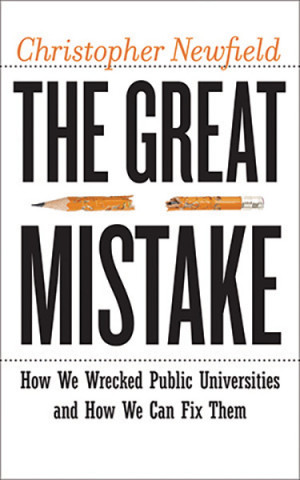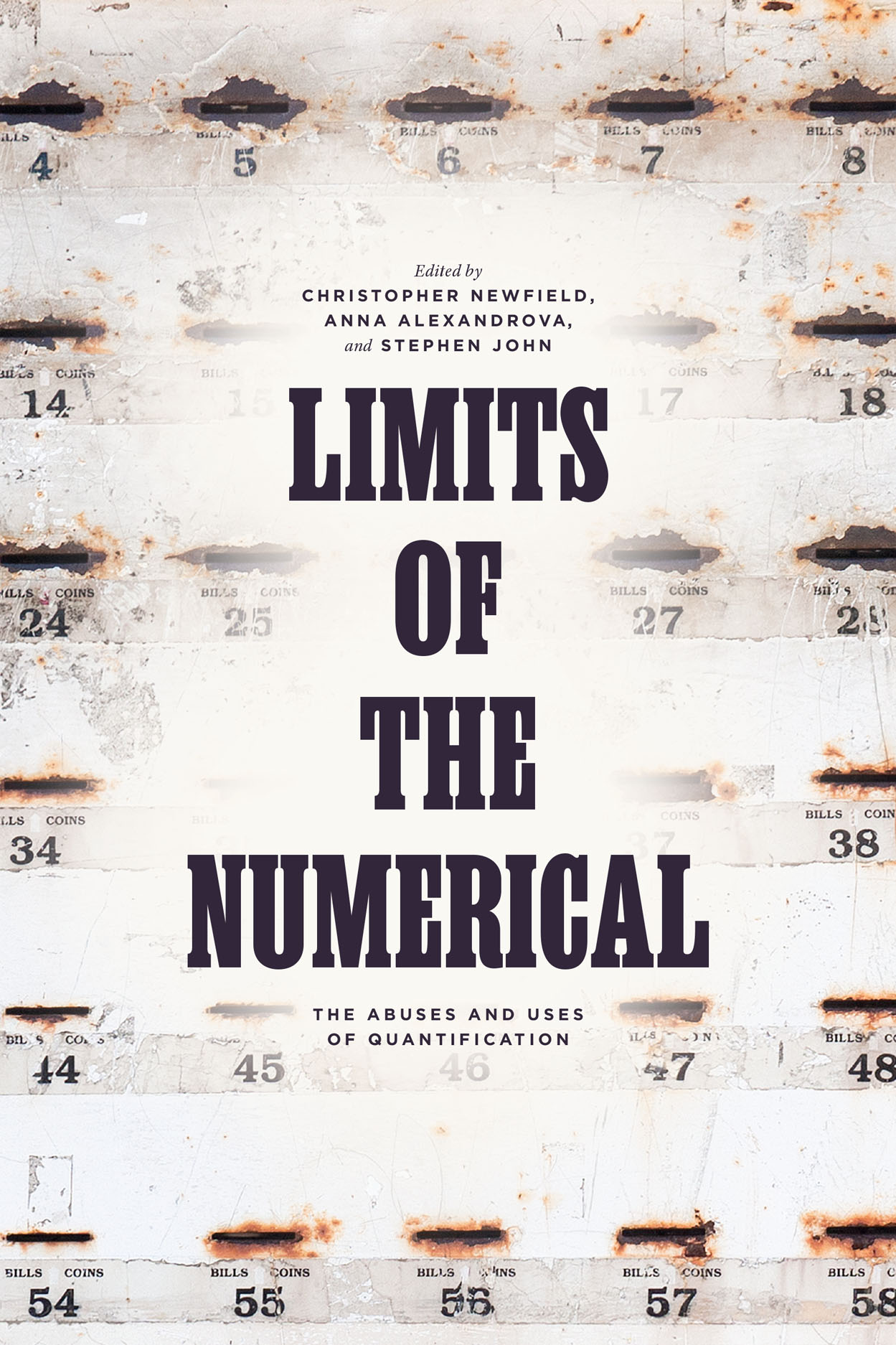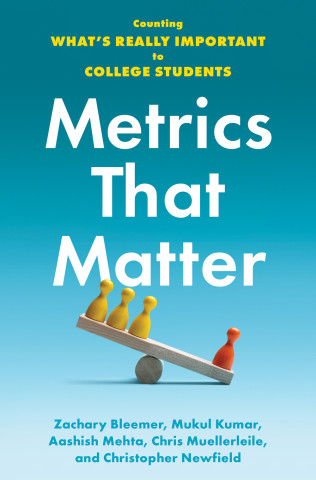By Chris Newfield
- This year's cuts do not simply impair the University of Califorinia, but redefine it. They do this by ending the UC promise of broad access to a top quality undergraduate education.
-That quality had two elements: 1) a superb research faculty that brought cutting-edge knowledge into the classroom. 2) small classes, where face-to-face, active learning gave hundreds of thousands of California students access to "ivy League"-style abilities to invent, build, lead, create, and originate with the knowledge they had acquired. This innovative and yet large scale UC-educated middle class was a cornerstone of California's famed rates of economic and social progress.
- Prior to this crisis, California had already neglected to renew higher education at the necessary rate. Contrary to myth, state spending had merely kept pace with population growth for most agencies (Hiltzik, 5/09 LAT), while higher education had seriously lagged, threatening quality even before these cuts. The Regents were fully briefed in 2007 about looming budget problems, and took no action.
- State general funding is now cut back to 1999 levels, a year when UC had 170,000 instead of 220,000 students and when each dollar went about 30% farther. UC had not recovered from the 2002-05 cuts before this latest round, and now has been hit with the largest reductions in the history of modern higher education.
- The most influential units of UC - the professional schools - protected their revenues by ending the low-tuition tradition that was tied to public funding. UC Regents approved a plan to charge market tuition by 2011 or so at units like Berkelely law, where fees next year are over $36,000.
- UCOP and the Regents have not explained that UC as a whole had the same choice: to maintain quality, they EITHER receive strong general funding OR they are forced to charge high tuition. The result: more damage to core campus funds (highly dependent on GF) and to the core undergrad and "academic" PhD mission than to medical and law schools.
- The UC system is also being broken down into two tiers, one for research with no teaching mission, and the other (supposedly) research with teaching mission. Under the furlough plan, all personnel who teach students or support them administratively are cut 4-10%. Personnel who never see students (non-state funds) receive no cuts.
- Because of preexisting allocation formulae, the newest campuses with the highest proportion of undergraduates receive the least money per student (e.g. Riverside, Merced, and Santa Cruz, but also Irvine and Santa Barbara). In all cases but Santa Cruz, the poorest campuses are those with the highest proportion of students from underserved populations. Rather than look at all revenue sources in order to protect a high-quality instructional program for California's highly diverse (and educationally endangered) population, UCOP and the Regents allowed the largest cuts to be inflicted there ($3000 per student lost at Santa Cruz, according to its chancellor).
UCOP and the Regents must stop forming commissions to ask questions that have been repeatedly answered, and indulging in imaginary solutions like covering some large portion of the undergraduate curriculum to distance learning. They need to tell the public the truth about the choice between high state funding and high tuition, and tell them about the implications of lowered quality for the economy, racial equity, and social progress. When Sacramento makes a choice like it did this year, the public should at least understand what it means for the future of the state.
Rank Smell
22 hours ago




1 comments:
Unsurprisingly, the existence of this additional tuition funding also affects the faculty recruiting at such professional schools, which apparently continues unabated according to a recent article in the National Law Journal (http://www.law.com/jsp/nlj/PubArticlePrinterFriendlyNLJ.jsp?id=1202432528463)
Join the Conversation
Note: Firefox is occasionally incompatible with our comments section. We apologize for the inconvenience.